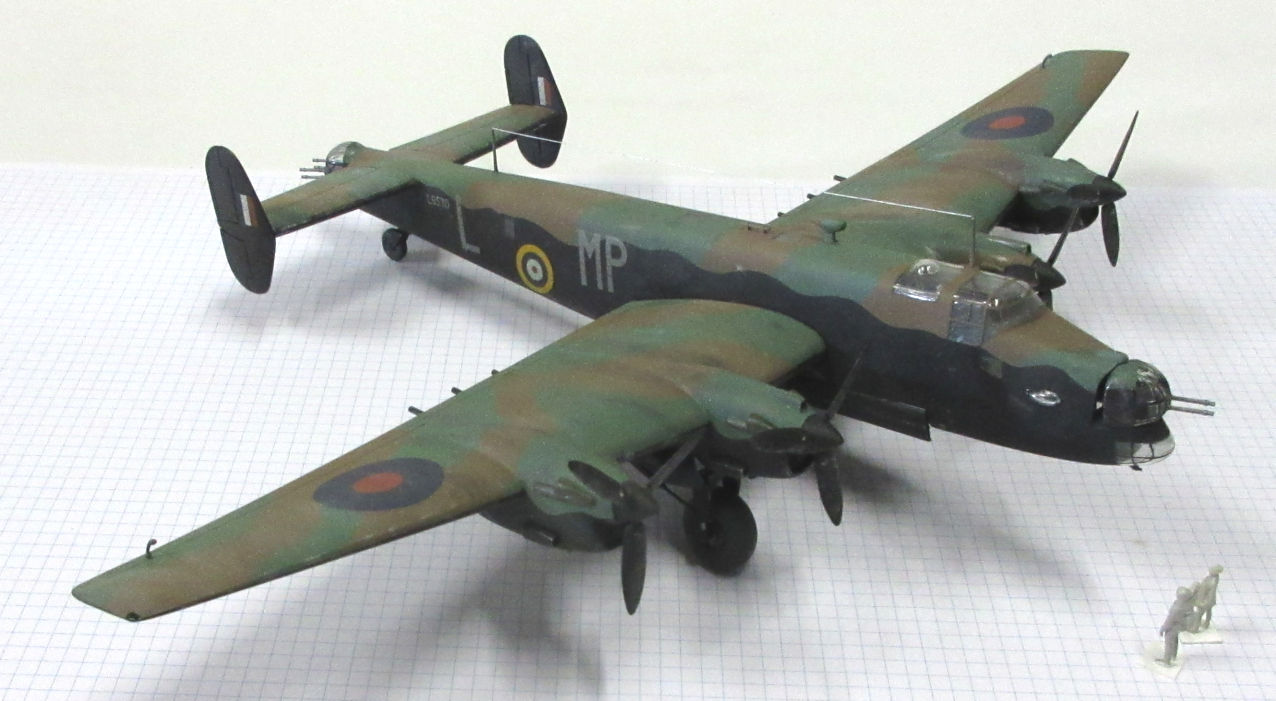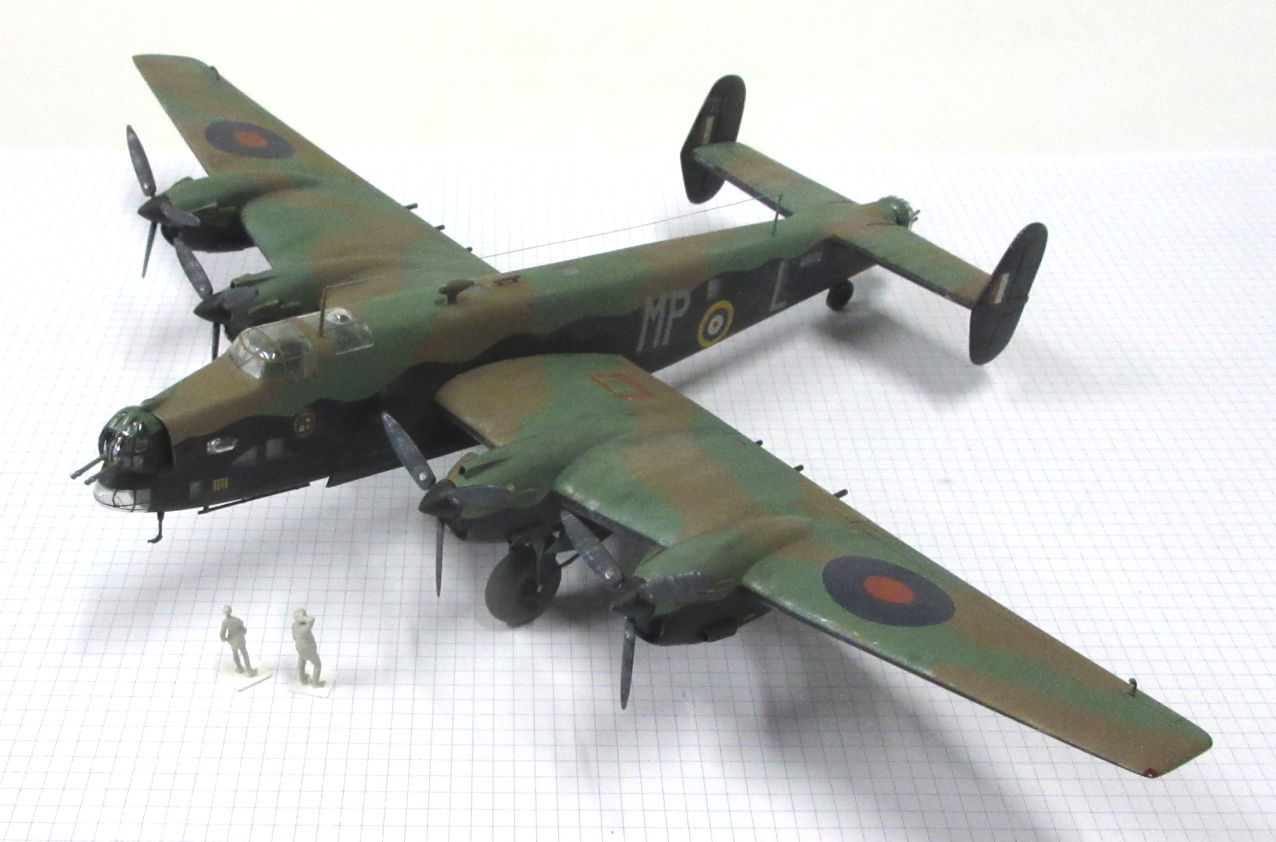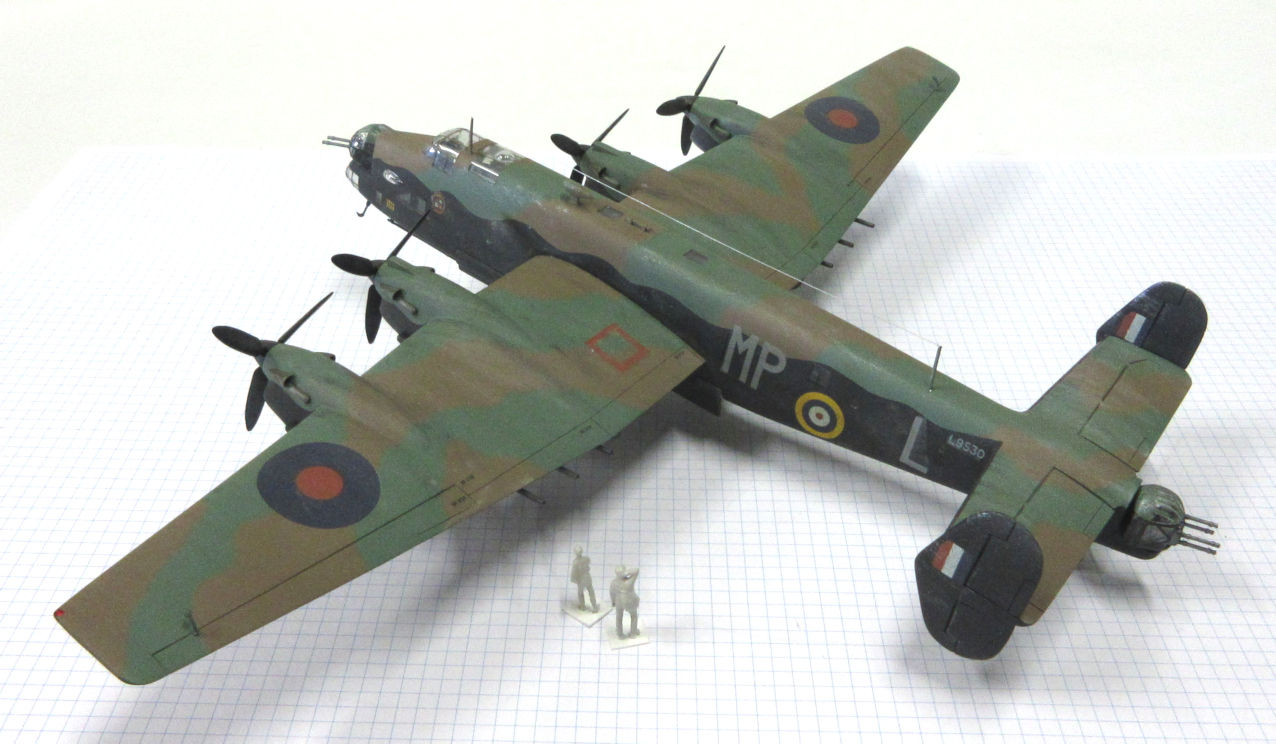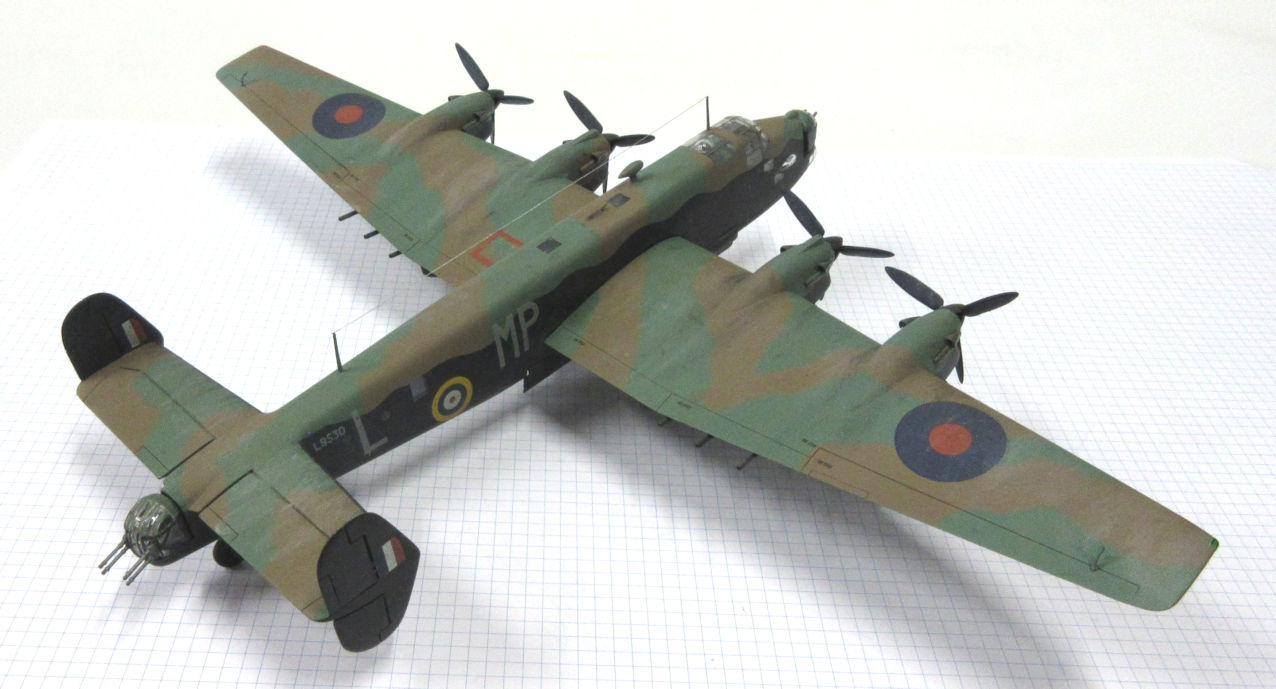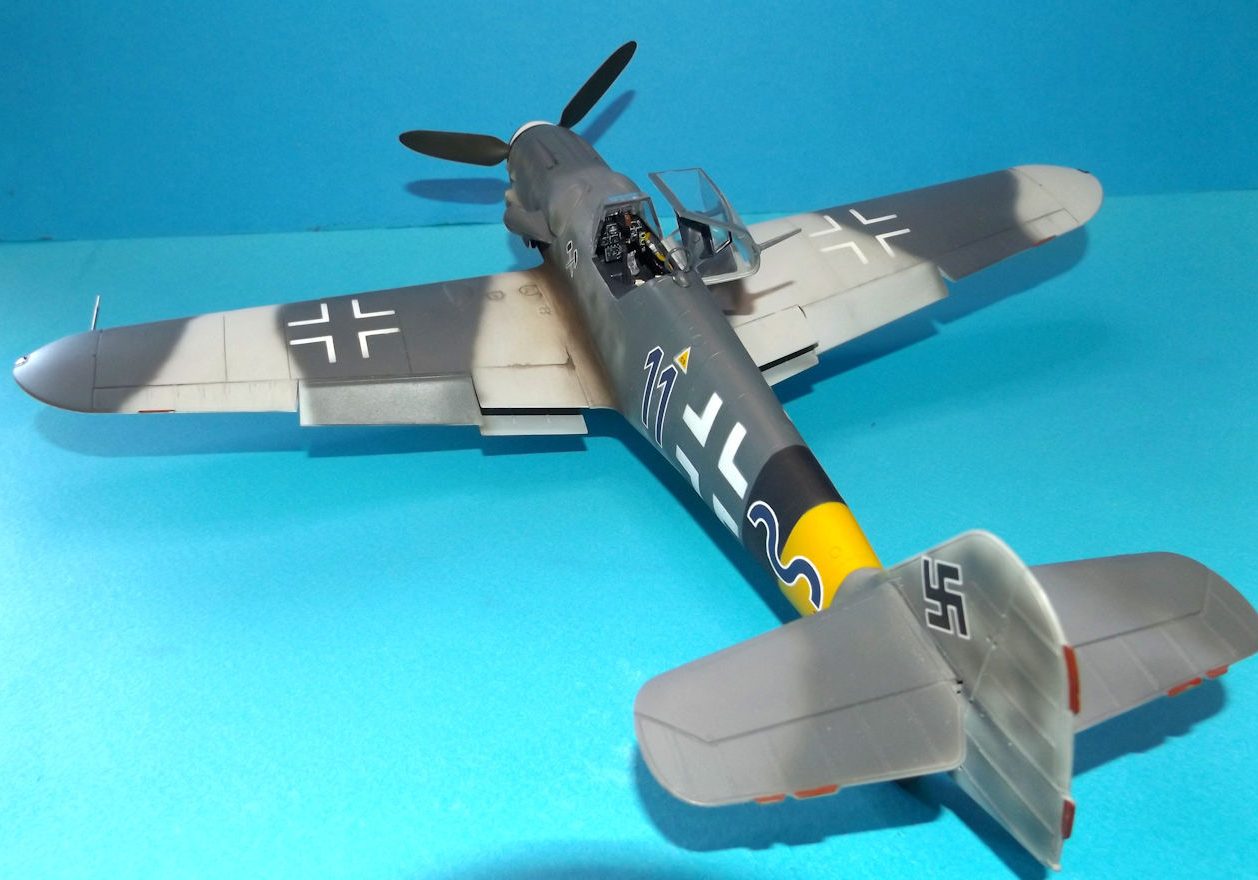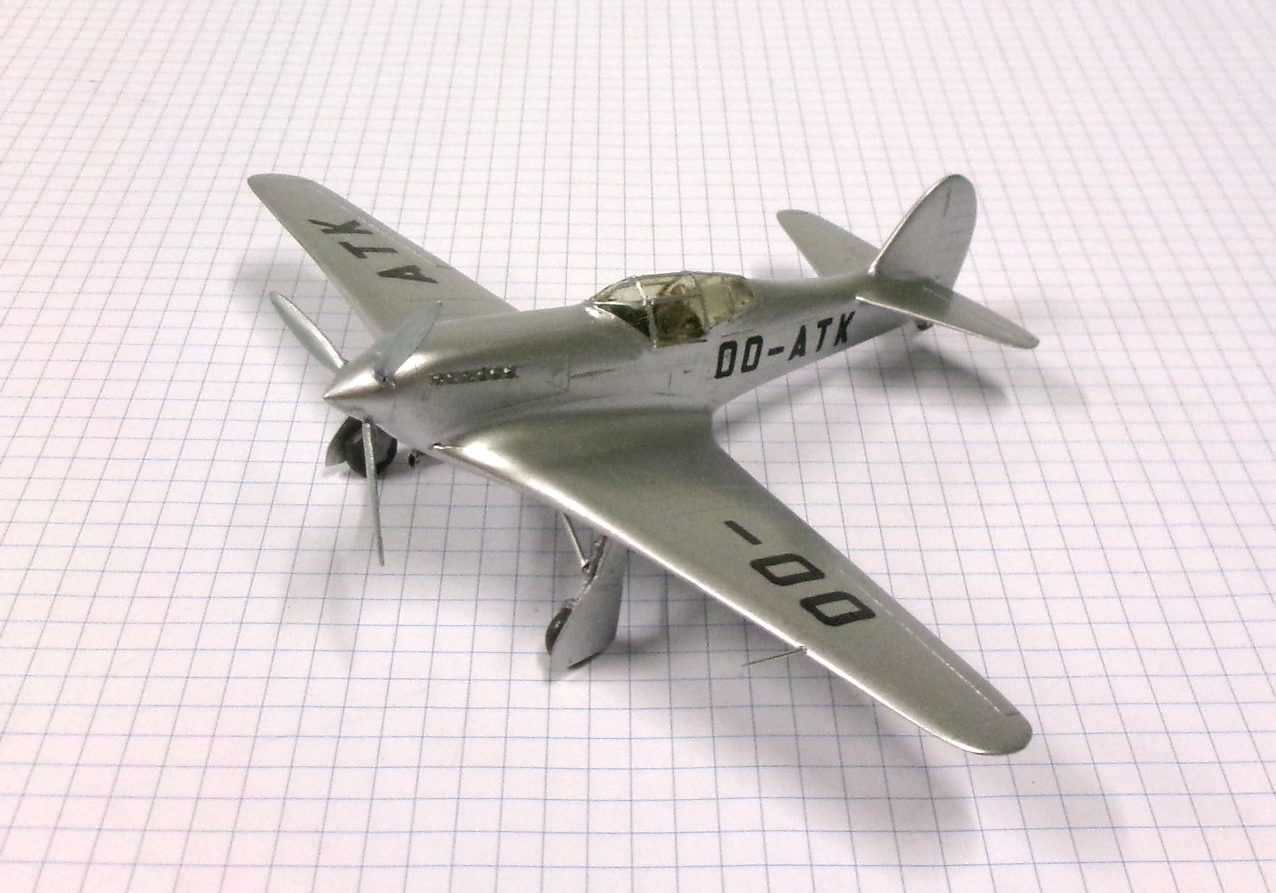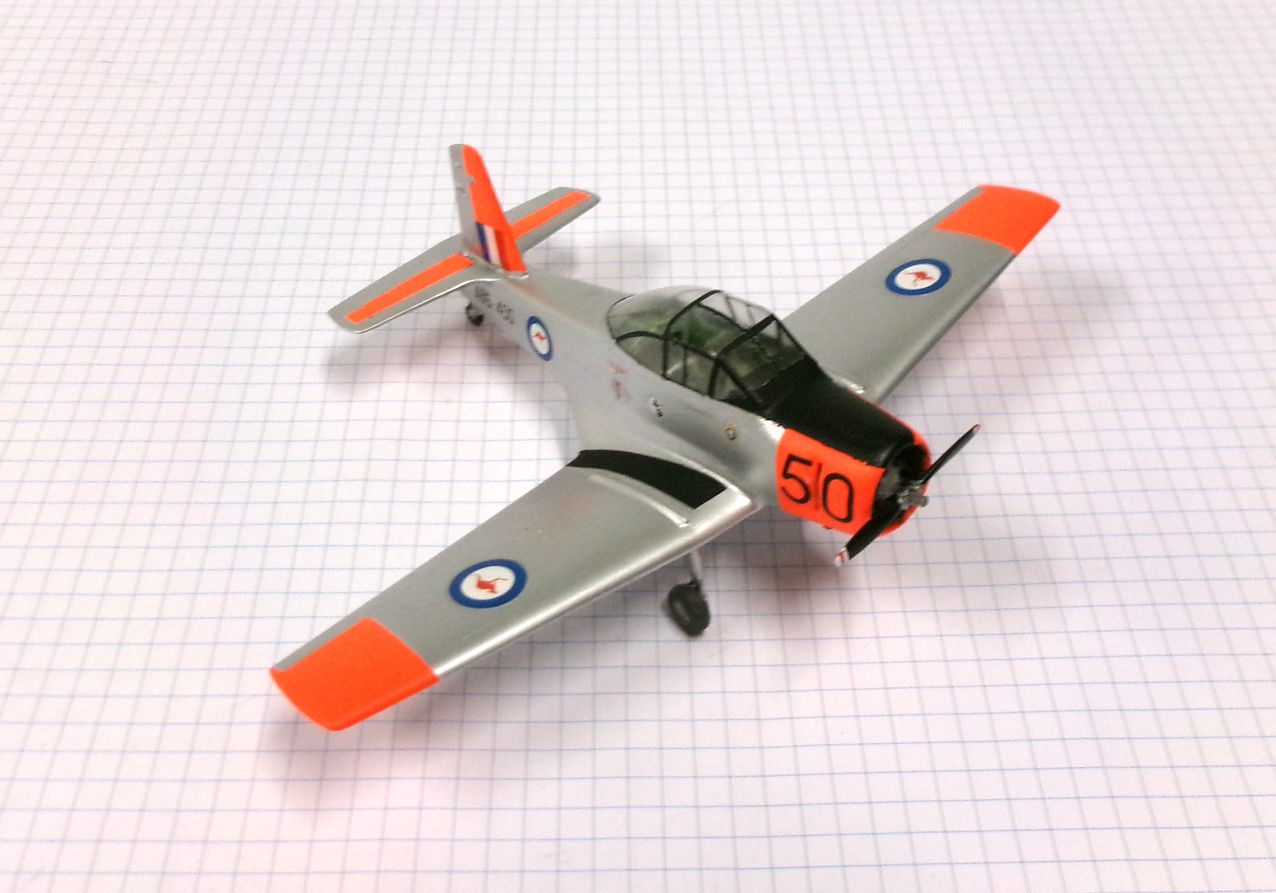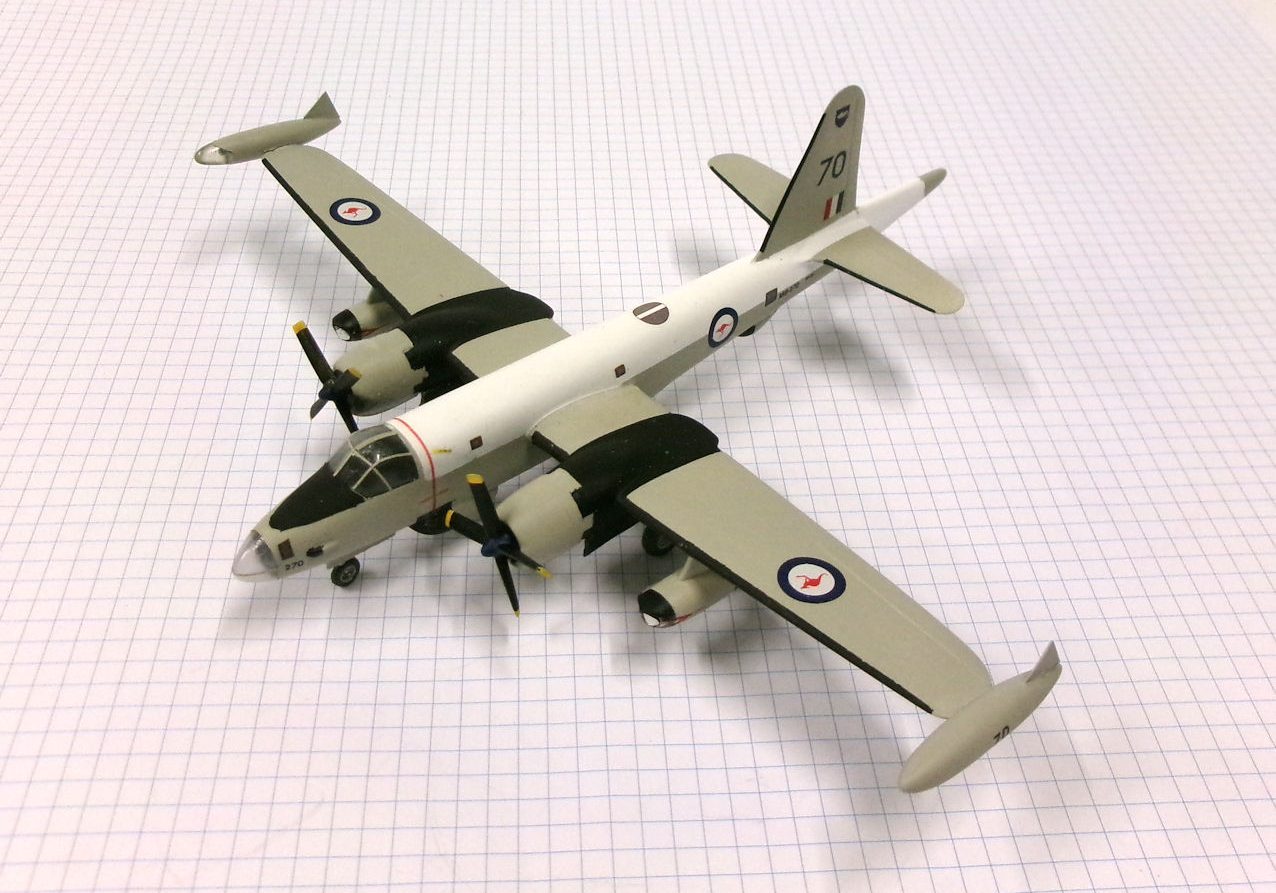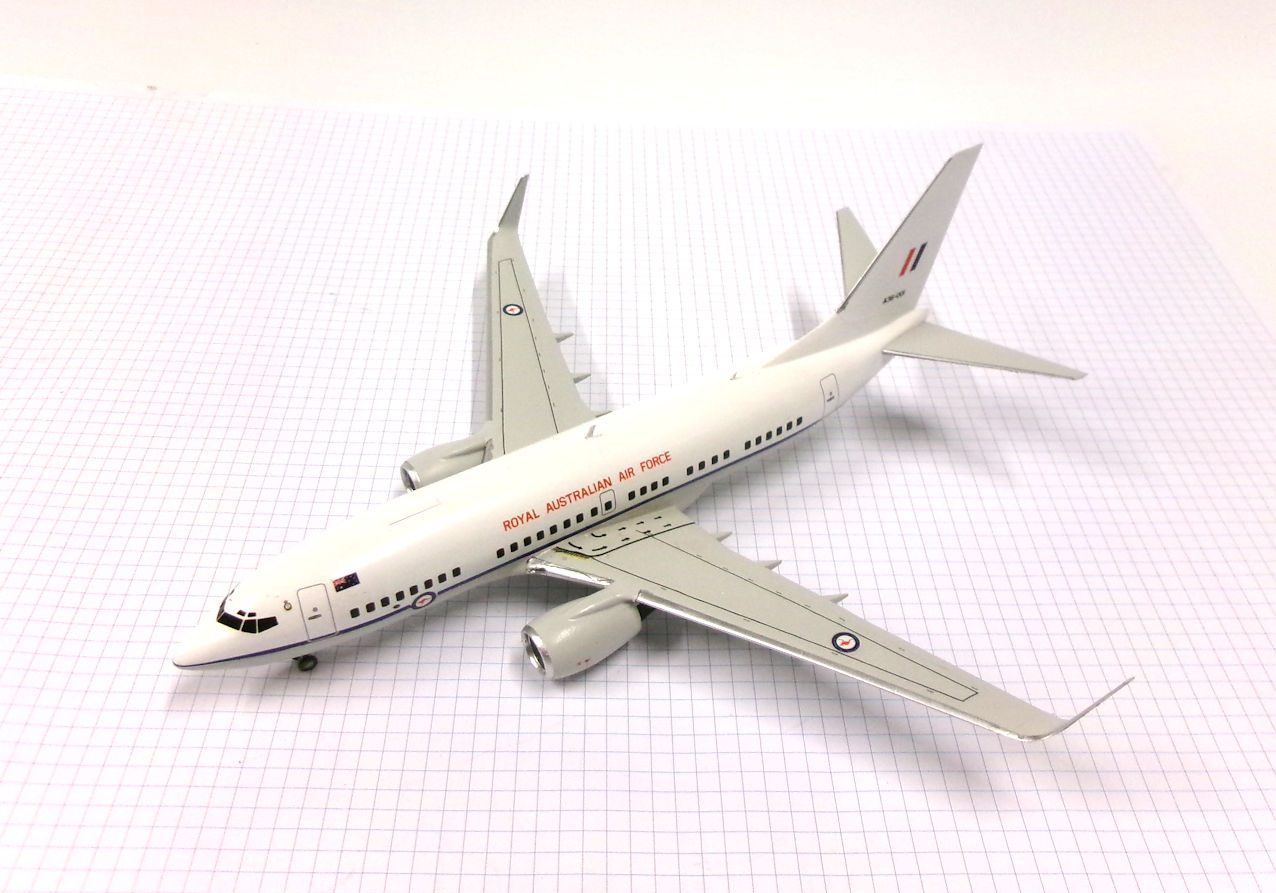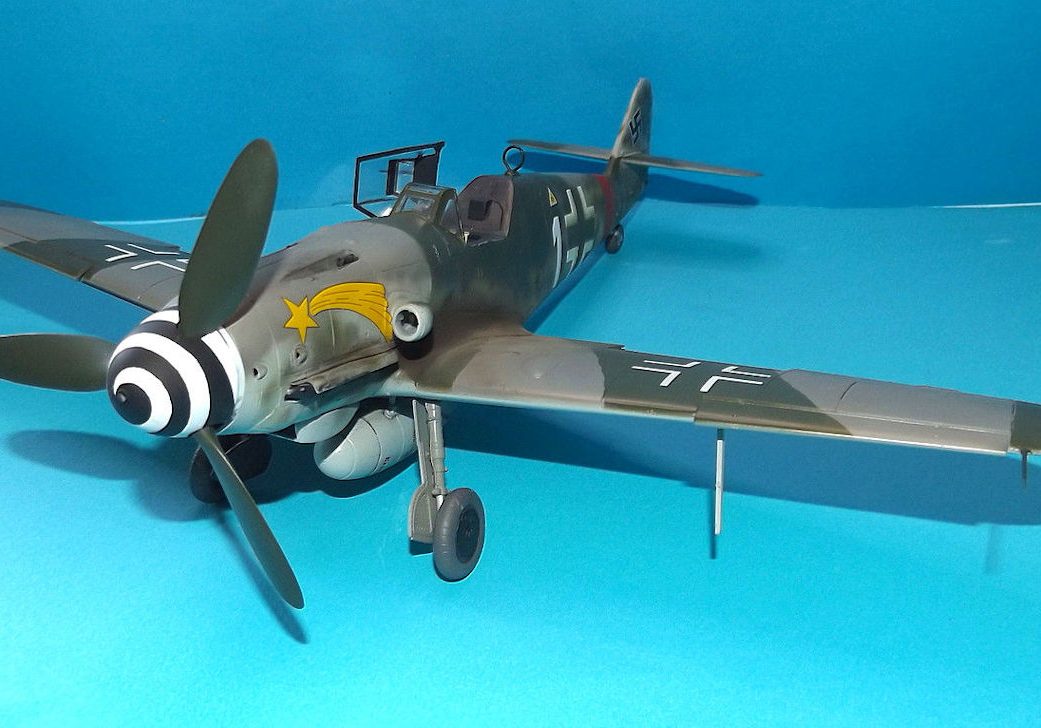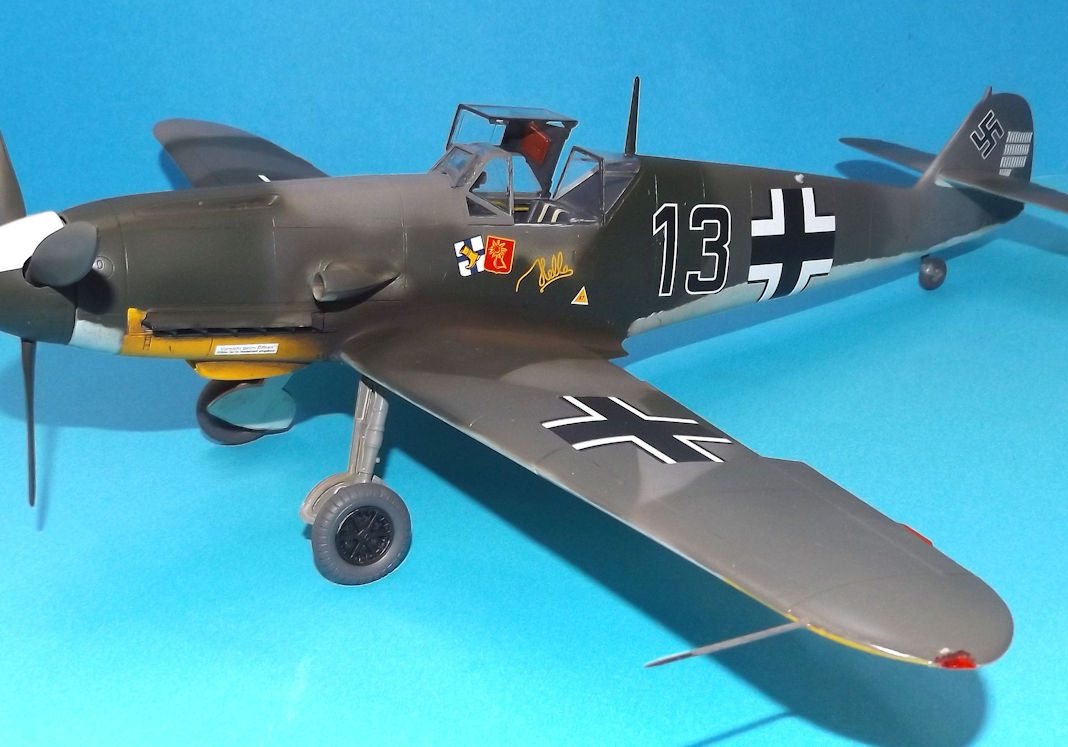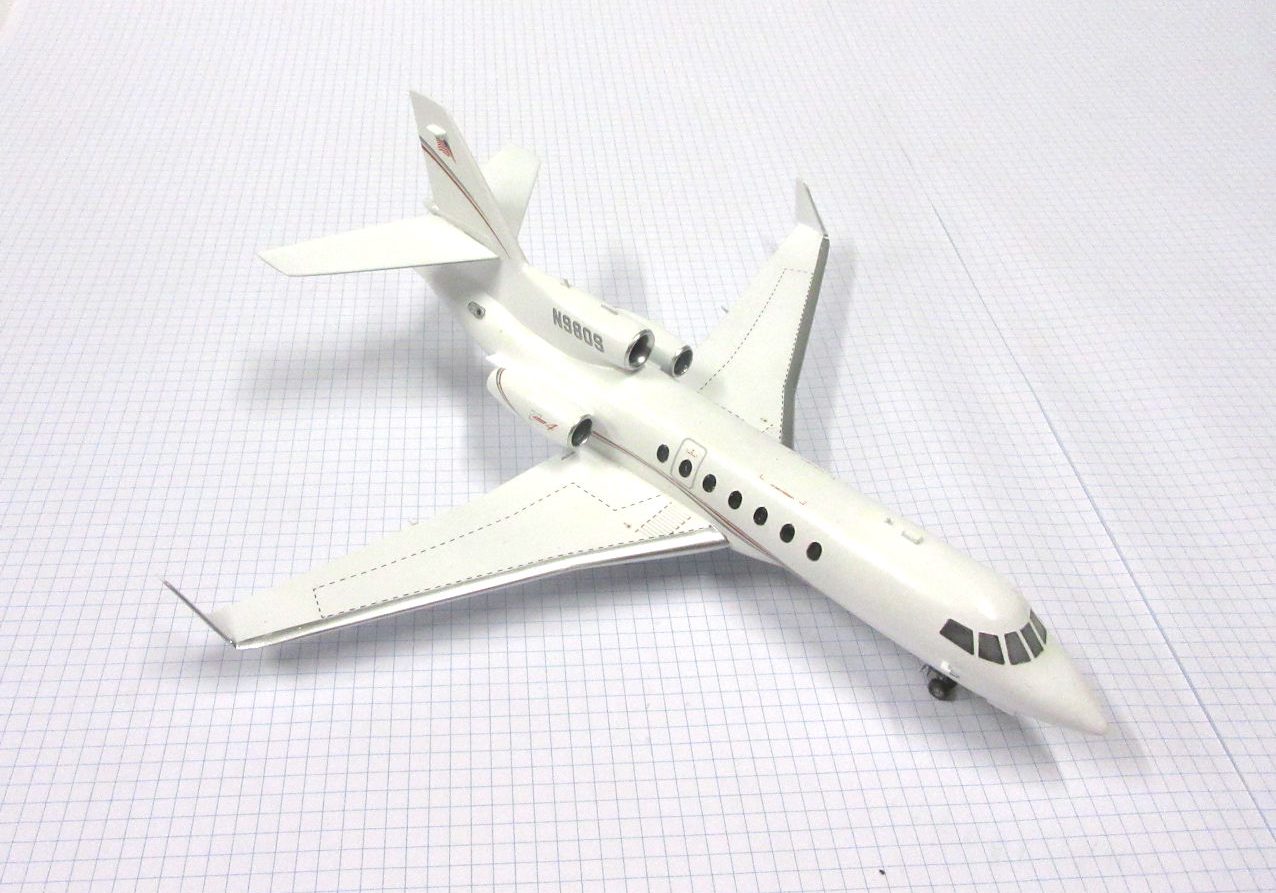History
The Halifax was a highly versatile heavy bomber developed in Britain during the early period of World War II. Although mainly a heavy bomber, it served in many roles and in most of the British theatres of war.
Design of the Halifax began in 1937, the prototype first flew on 25 October 1939 and the second prototype with full combat equipment on 17 August 1940.
The Halifax began entering service in November 1940 and first flew operationally on 11 March 1941.
It was the first RAF four-engine bomber to make night attacks on Germany.
Over 6,100 Halifaxes were manufactured and between 1941 and 1945 they flew 75,532 sorties and dropped 231,252 tonnes of bombs on Europe.
They remained in service in many roles into the 1950s.
This model represents L9530 from the first production batch, 76 Squadron, RAF, c.1941.
Matchbox 1/72 kit completed by Leigh Edmonds in December 1986.




